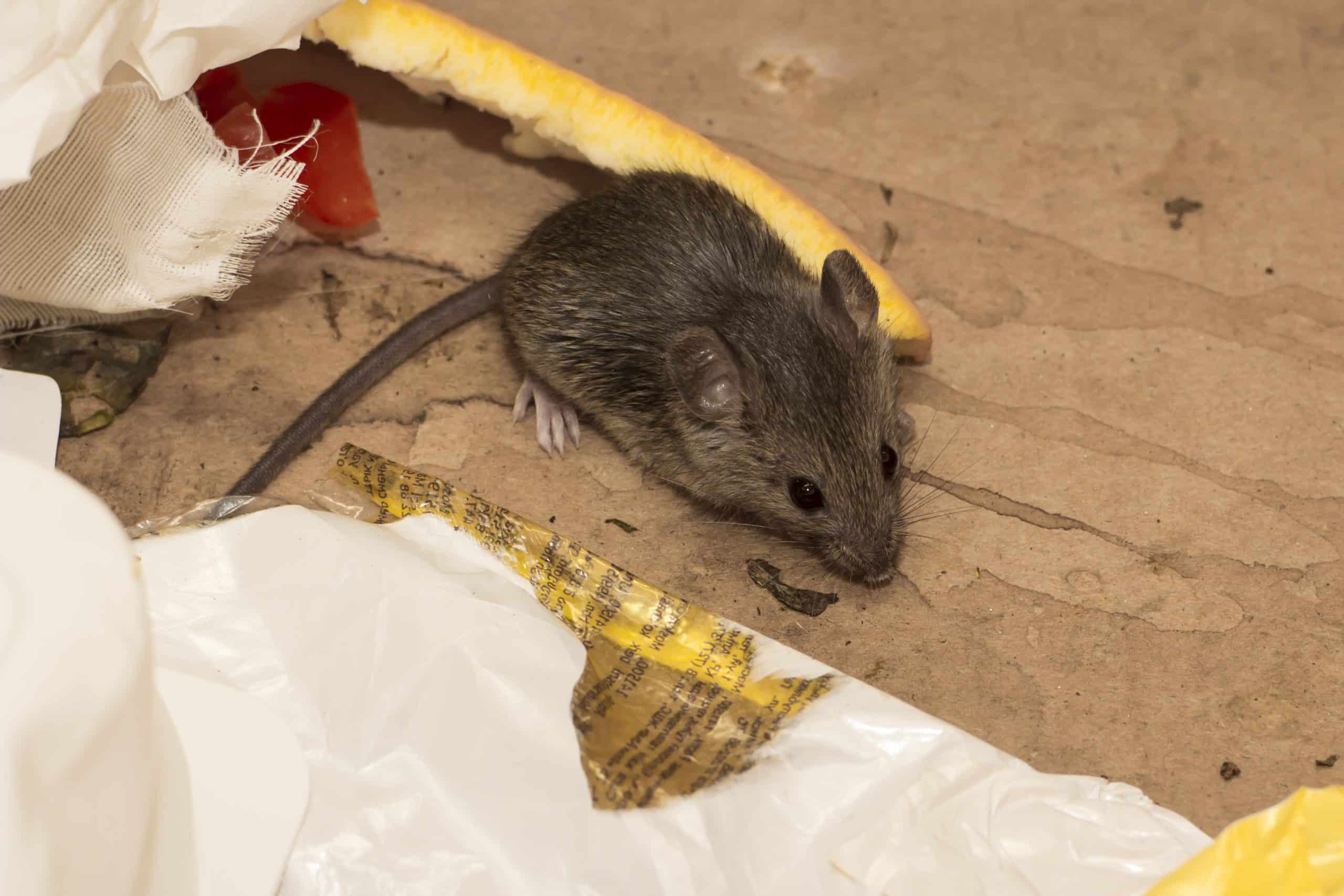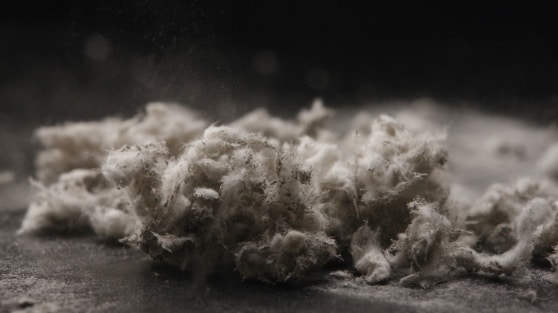
How to Improve Indoor Air Quality
People spend a lot of their time indoors, especially in the cold months of fall and winter. Many enjoy being cozy under blankets and with their heaters, but their home may not distribute the healthiest or cleanest air. Cold temperatures and frequently-used heating devices can bring out various allergens and irritants, and windows do not open until the warmer months, keeping stale and dirty air trapped inside. Your indoor air quality depends on how safe and filtered the air is in your home, but poor air quality can lead to allergy flare-ups, health issues, and sneezing. Some of the worst indoor air quality measurements can cause severe respiratory illnesses or cancer, such as if there is black mold or asbestos. Every household should prioritize improving their home’s indoor air quality for everyone’s health and well-being. Sources of Indoor Air Pollutants You may have a variety of indoor air pollutants in your home and not even realize it, such as: Asbestos – You might find asbestos in older construction as a material in tiles, insulation, or cement. Asbestos is extremely harmful to breathe, sometimes leading to mesothelioma and other lung cancers, and symptoms may not show up for years after you are affected. You will need a professional asbestos removal team and cleanup crew to remove all traces and improve indoor air quality successfully. Scented Candles – While we love smelling the delicious scents of vanilla cupcakes or pine trees, your scented products could do more harm than good. Many of these products, such as diffusers and air freshers, contain harmful ingredients and VOCs (volatile organic compounds). You may breathe better by removing these artificial scents from your home. Chemicals/Cleaning Supplies – You might use these frequently and can’t just get rid of them. However, you can change the location of where you store them. Try







